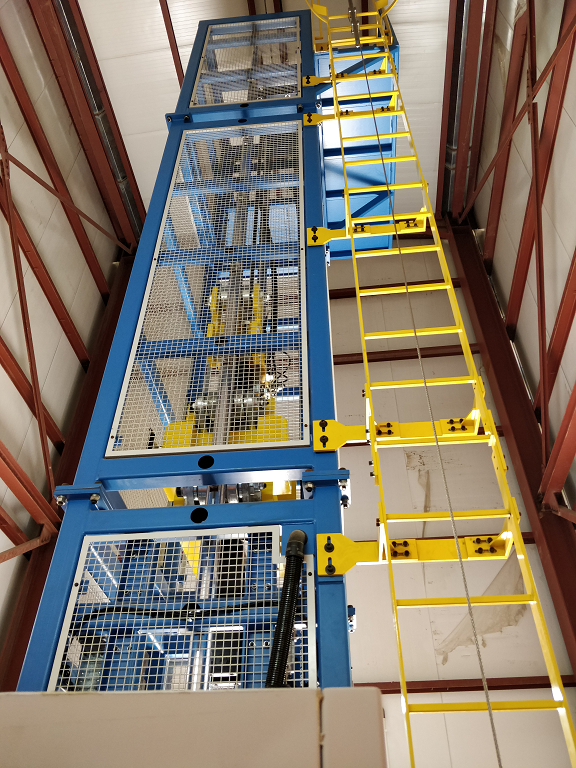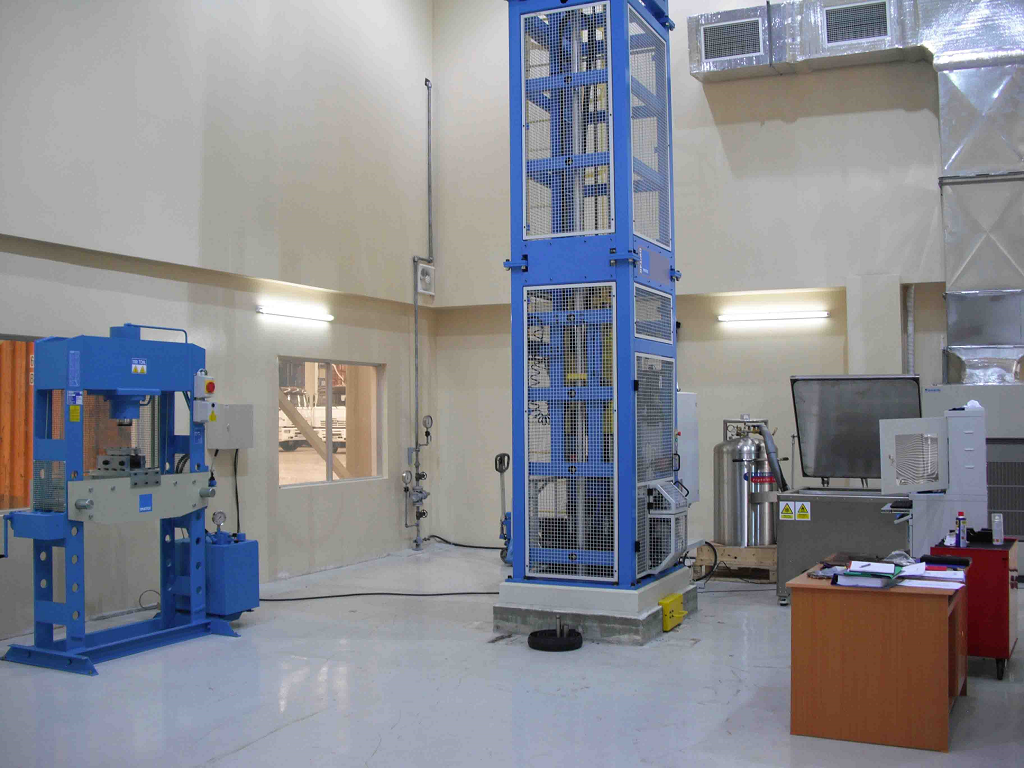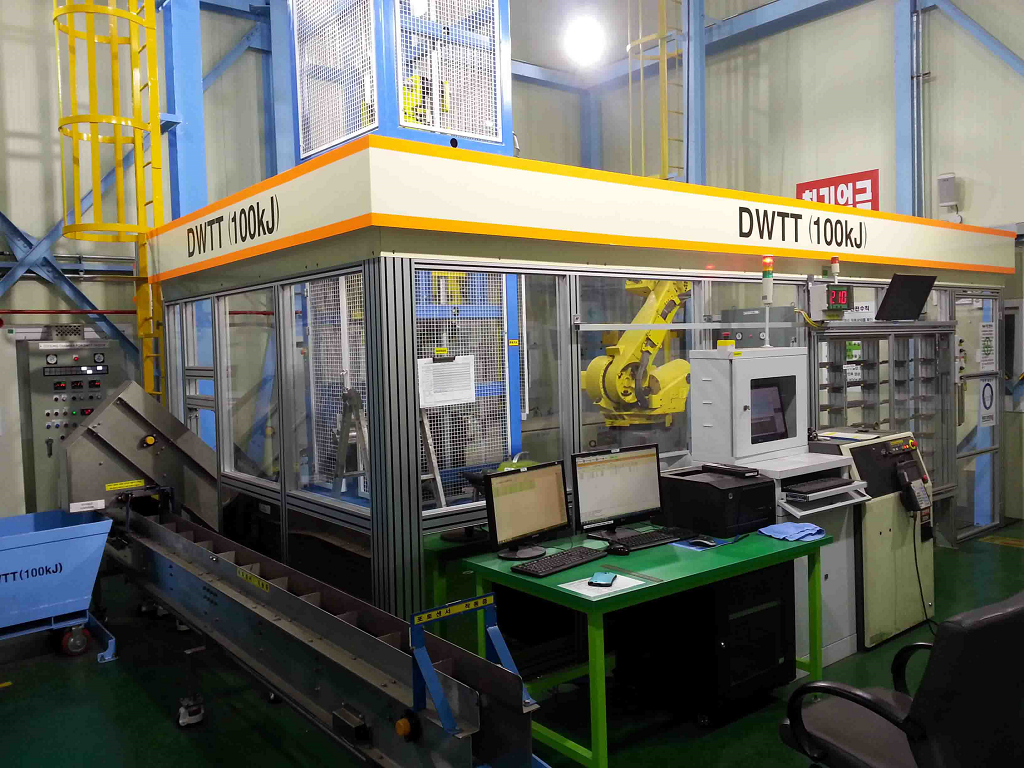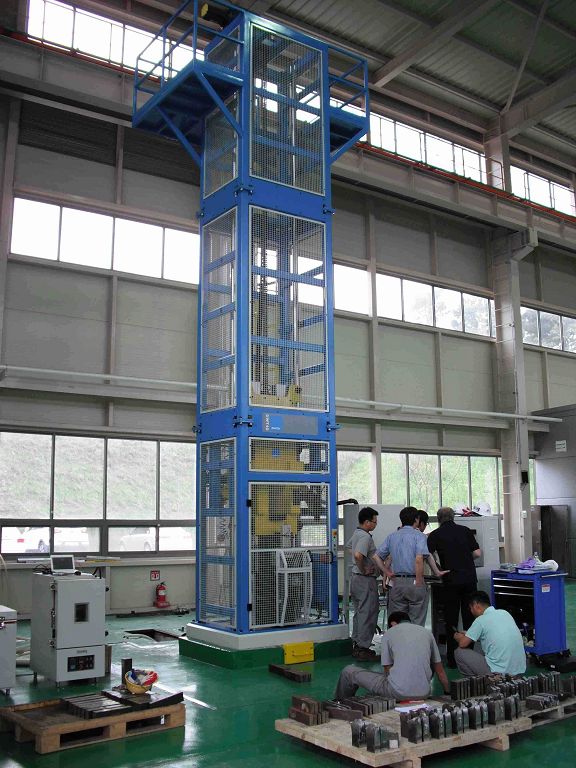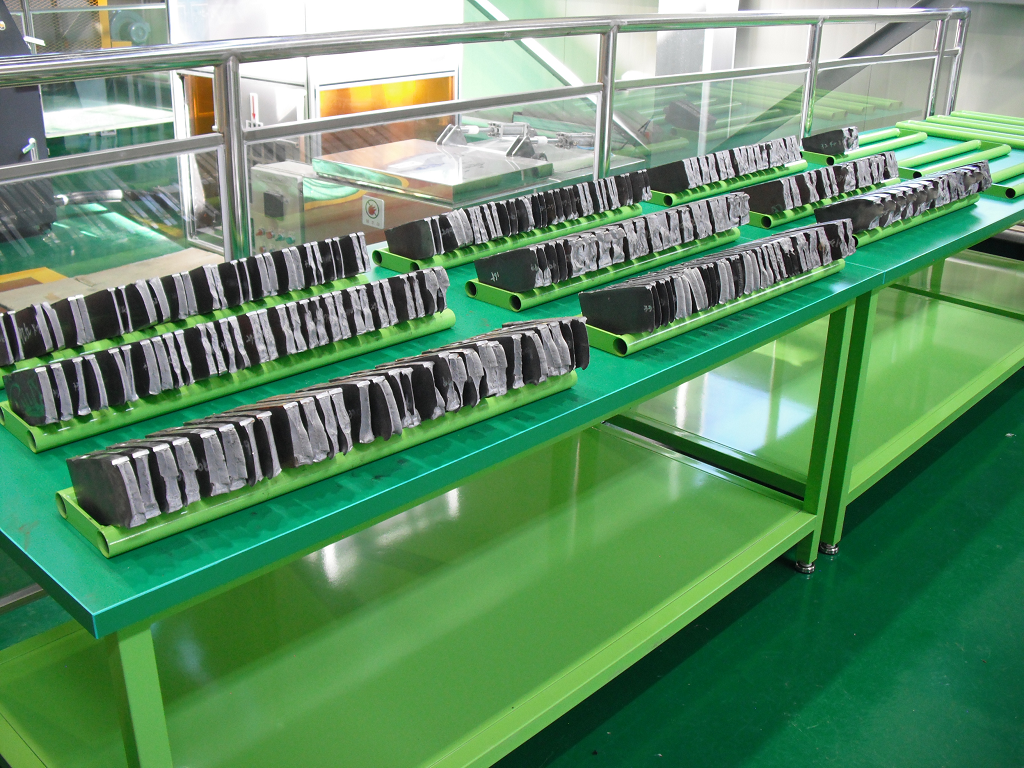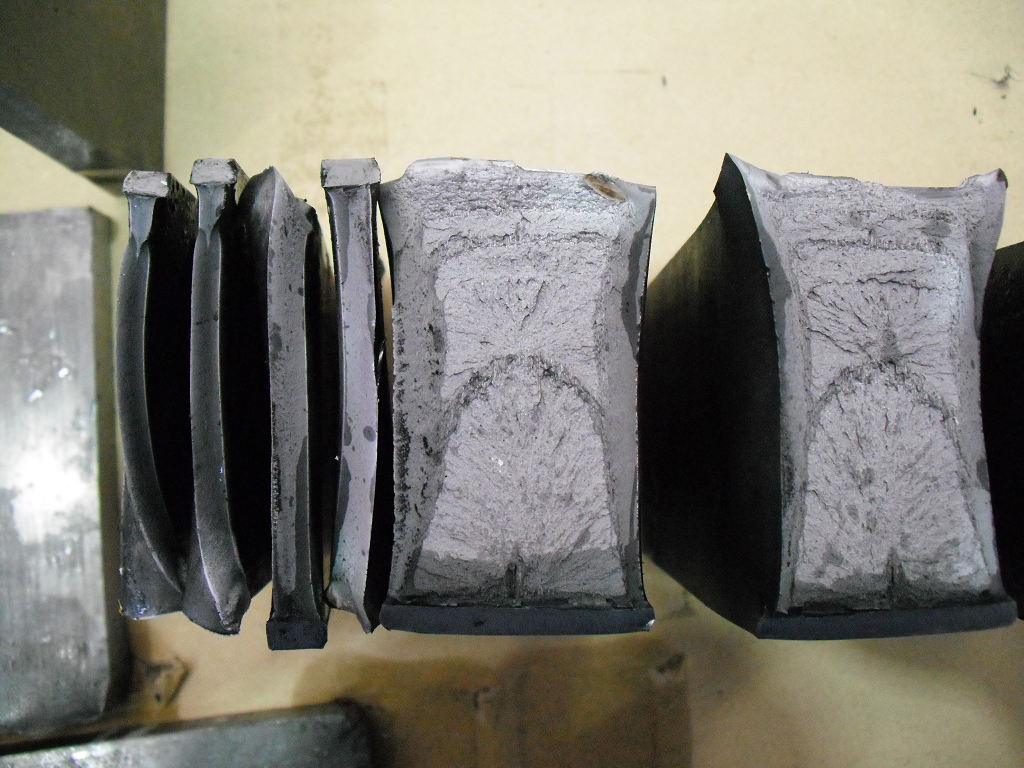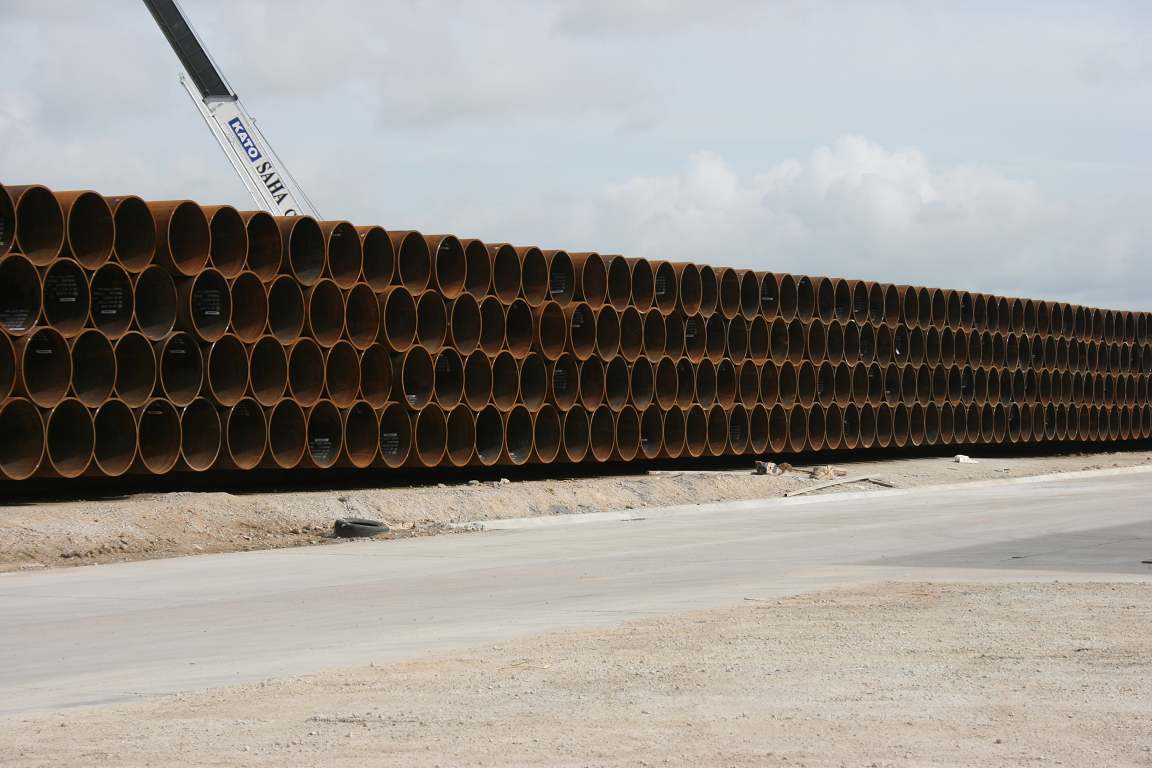Key Features
A range of testers for performing the drop weight tear test on pipeline steel, in accordance with international standards. Maximum impact energies range from 30kJ to 120kJ, and the correct choice depends on the maximum yield stress and maximum thickness of the specimens that you need to test. Please contact us for advice.
All systems feature an automated specimen loading system that ensures the specimens are loaded in less than 10 seconds as standards require, while ensuring the safety of the operator. The loader can handle specimens with thicknesses between 6mm and 60mm. Broken specimens are automatically ejected from the machine for convenience. They also all feature multiple long-stroke shock absorbers to deal with the impact energy remaining once the specimen has fractured.
- Very robust construction stands up to the rigours of high-energy testing to provide high reliability with a minimum of downtime..
- Very rigid base and anvils ensure low flexure under high test loads (> 1000kN).
- Easily interchangeable contact parts simplify maintenance and reduce cost of ownership.
- A guided mass system ensures that the impact geometry is correct throughout the test, and errors due to friction are minimised.
- Accurate and repeatable drop parameters ensures consistency between tests.
- Very high levels of safety prevent possible harm to the operator.
- High-quality, easy to use control and analysis software ensures consistency and enhances throughput.
- Impact mass range: 1000kg to 3000kg.
- Drop height range: 1000mm to 4100mm.
- Impact velocity range: 4.5m/s to 9.0m/s.
Test standards
- API 5L3.
- ASTM 436.
- EN 10274.
- GOST (optional).
Options
- Hydraulic specimen notcher for pressed-notches, capacity 1000kN.
- Specimen cooling bath accommodating 10 specimens of 50mm thickness, temperature range -80°C to +20°C.
- Optional integration with laboratory information management systems (LIMS) and external database.
- Variable mass system.
- Fully automated systems with robotic transfer of specimens into and out of the cooling bath, and retrieval of tested specimen fragments.
